What’s become of Otl Aicher’s former abode? A visit to the Allgäu.
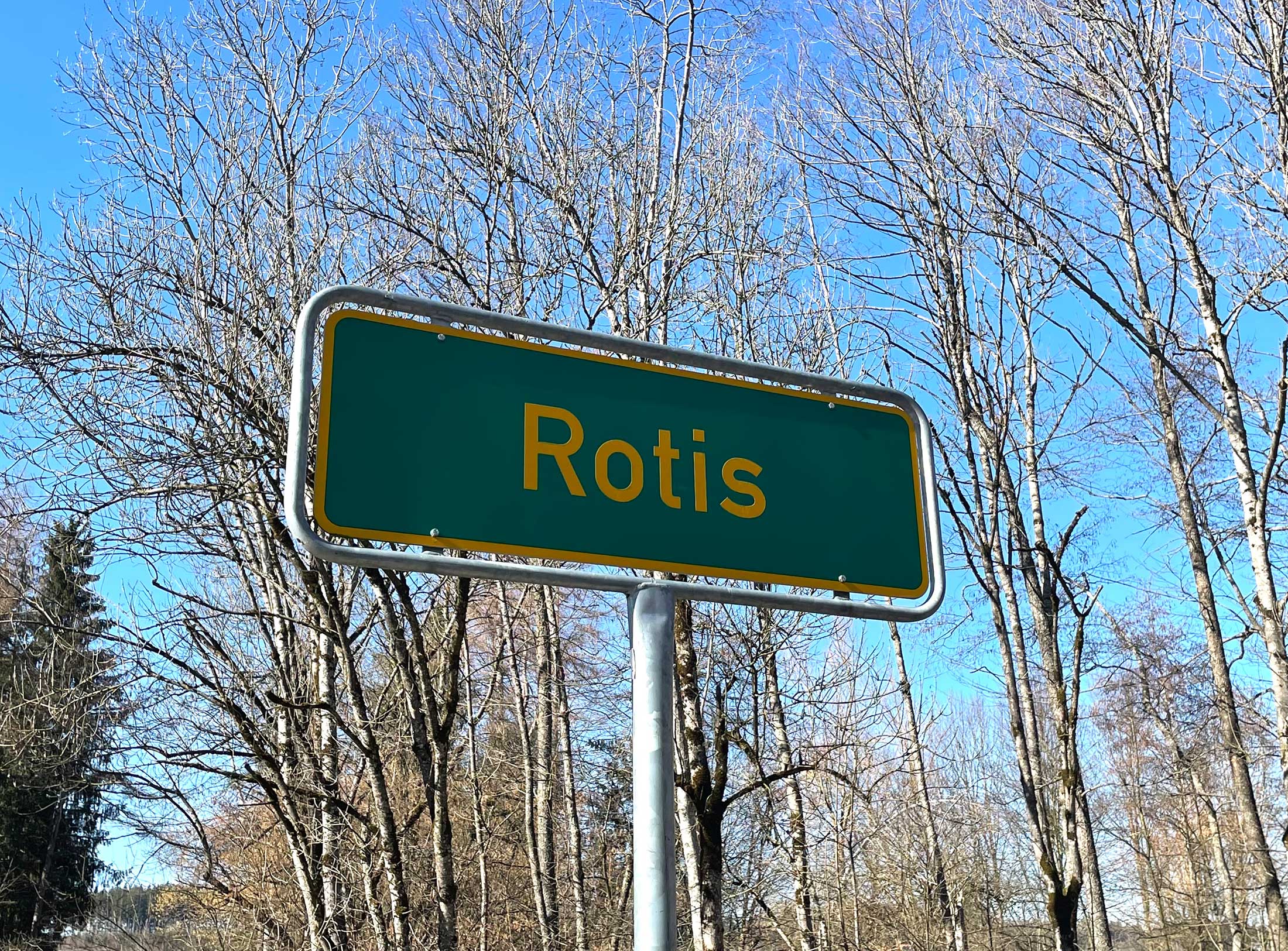

What’s become of Otl Aicher’s former abode? A visit to the Allgäu.
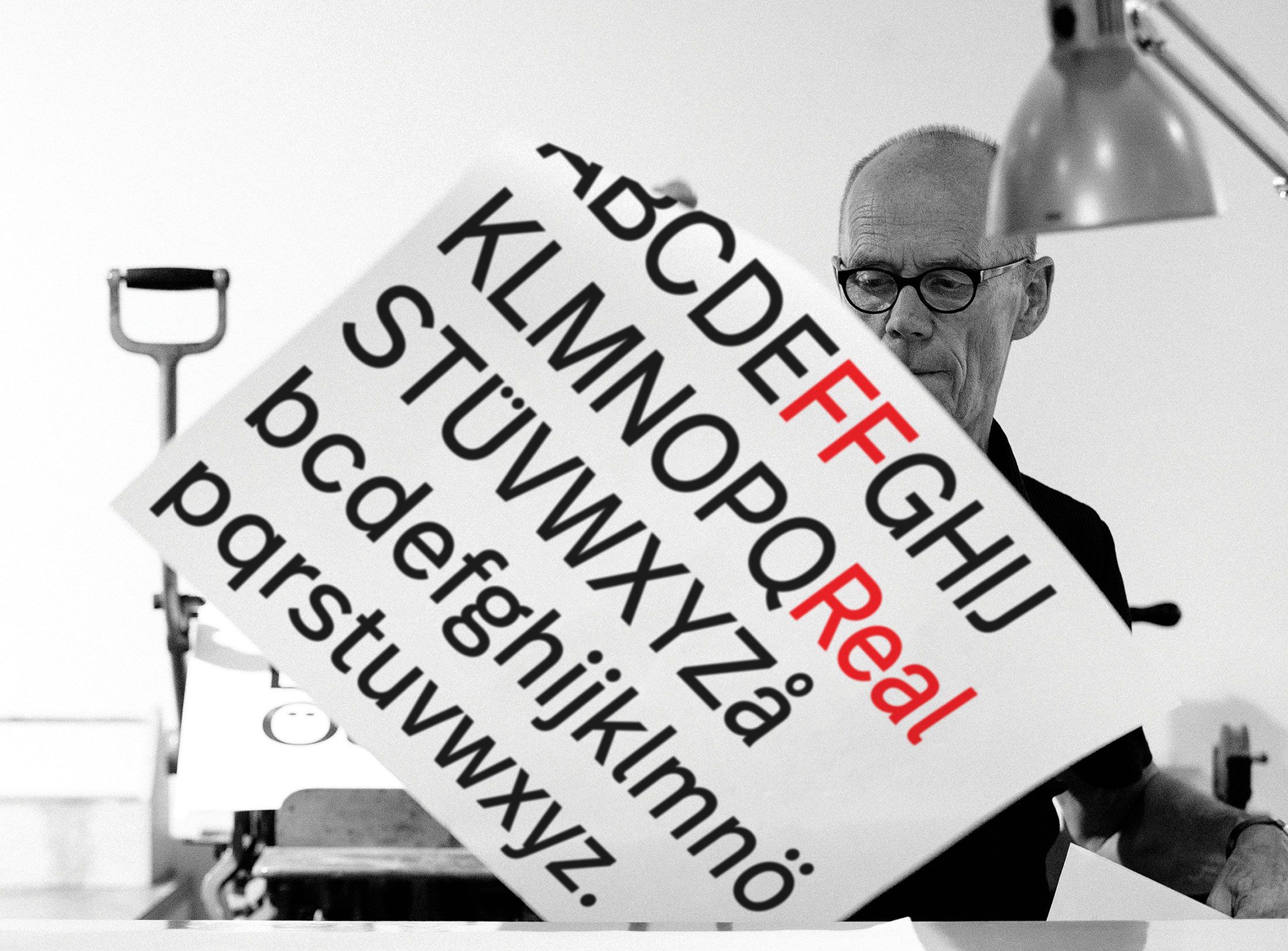
Interviewed: Erik Spiekermann, type designer, author and Aicher critic.
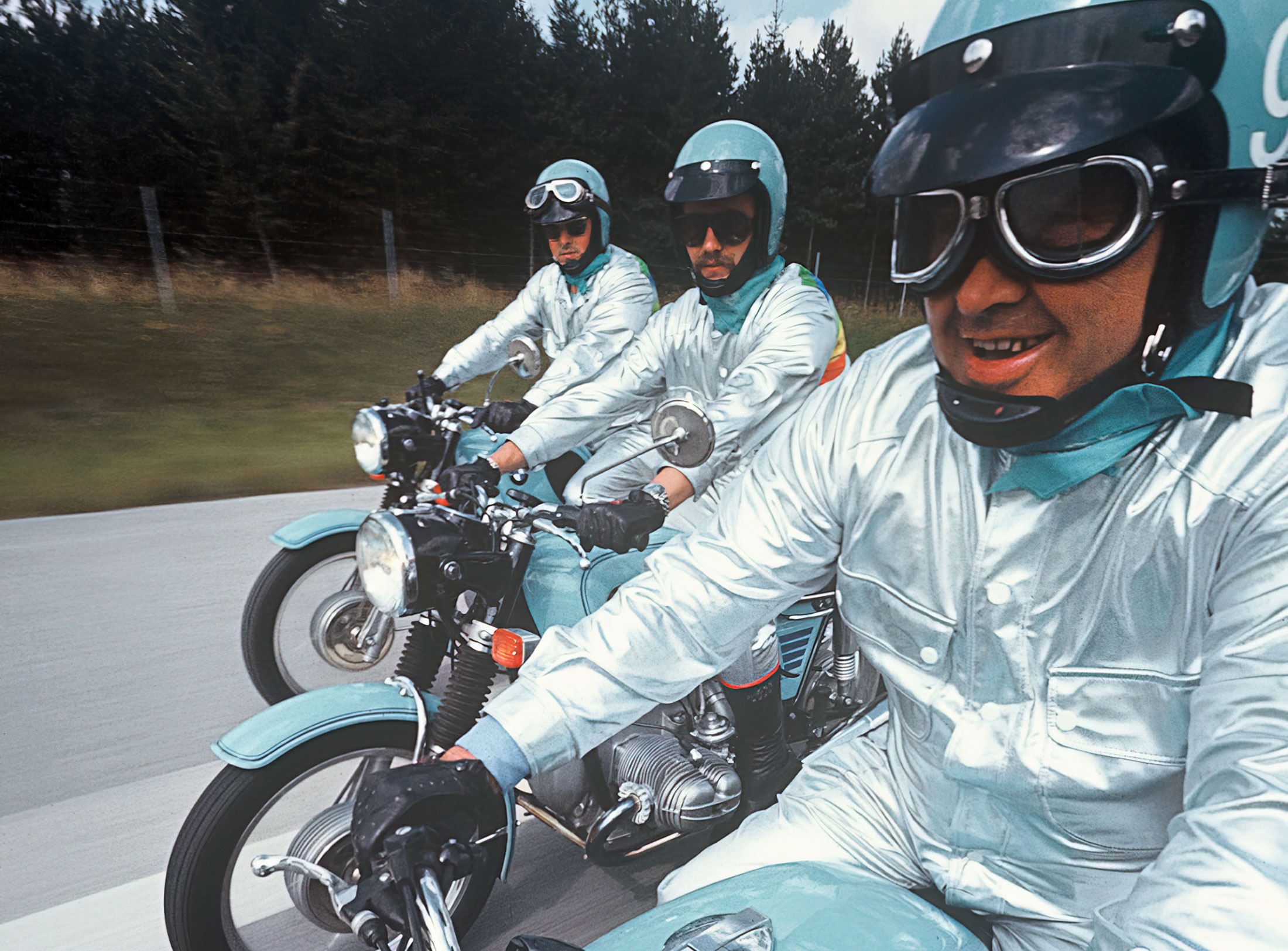
Technology: a central notion and fixed point of perspective in the work of Otl Aicher.
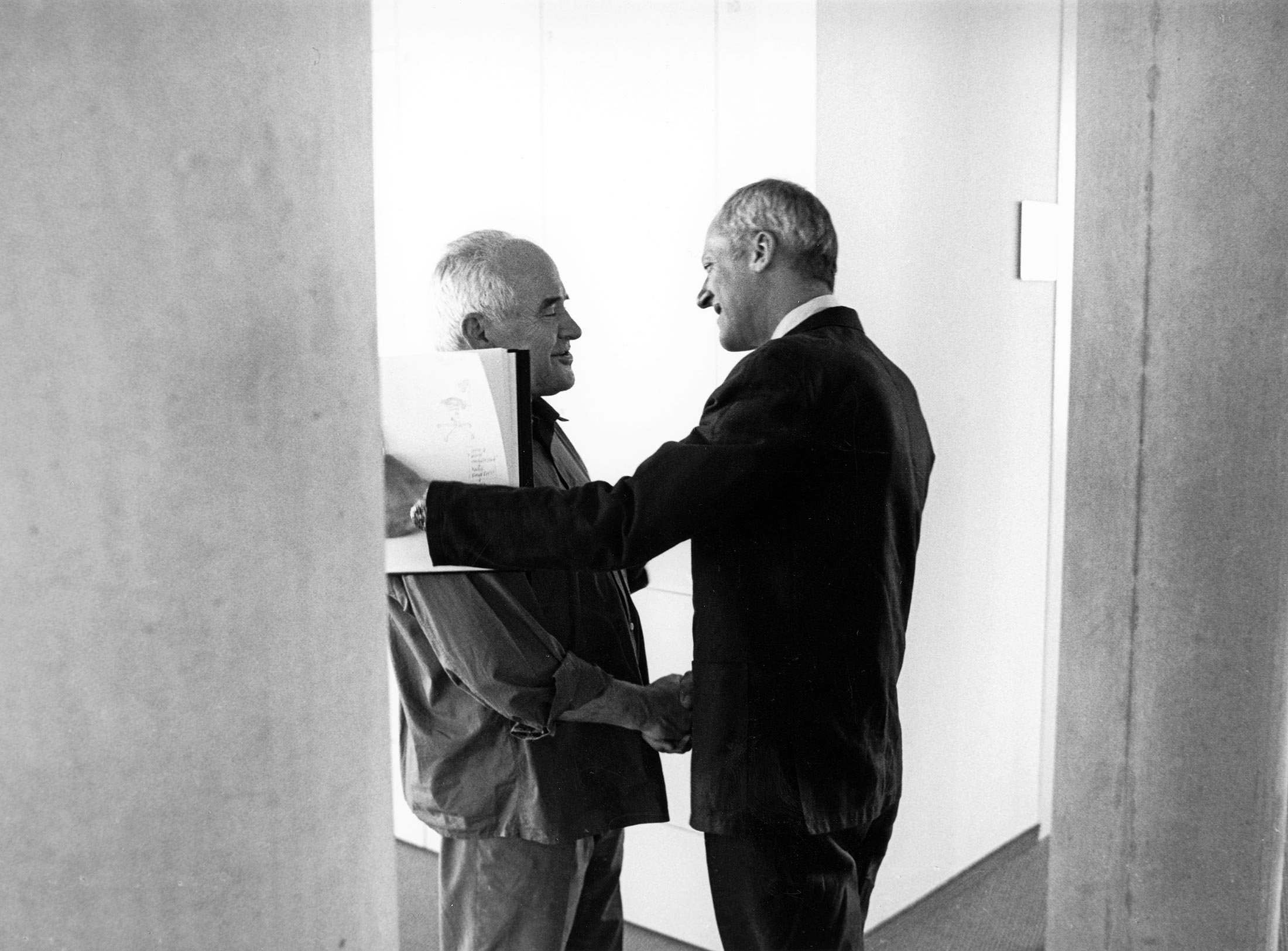
The British architect Norman Foster on his friendship with Otl Aicher: He had absolute integrity.
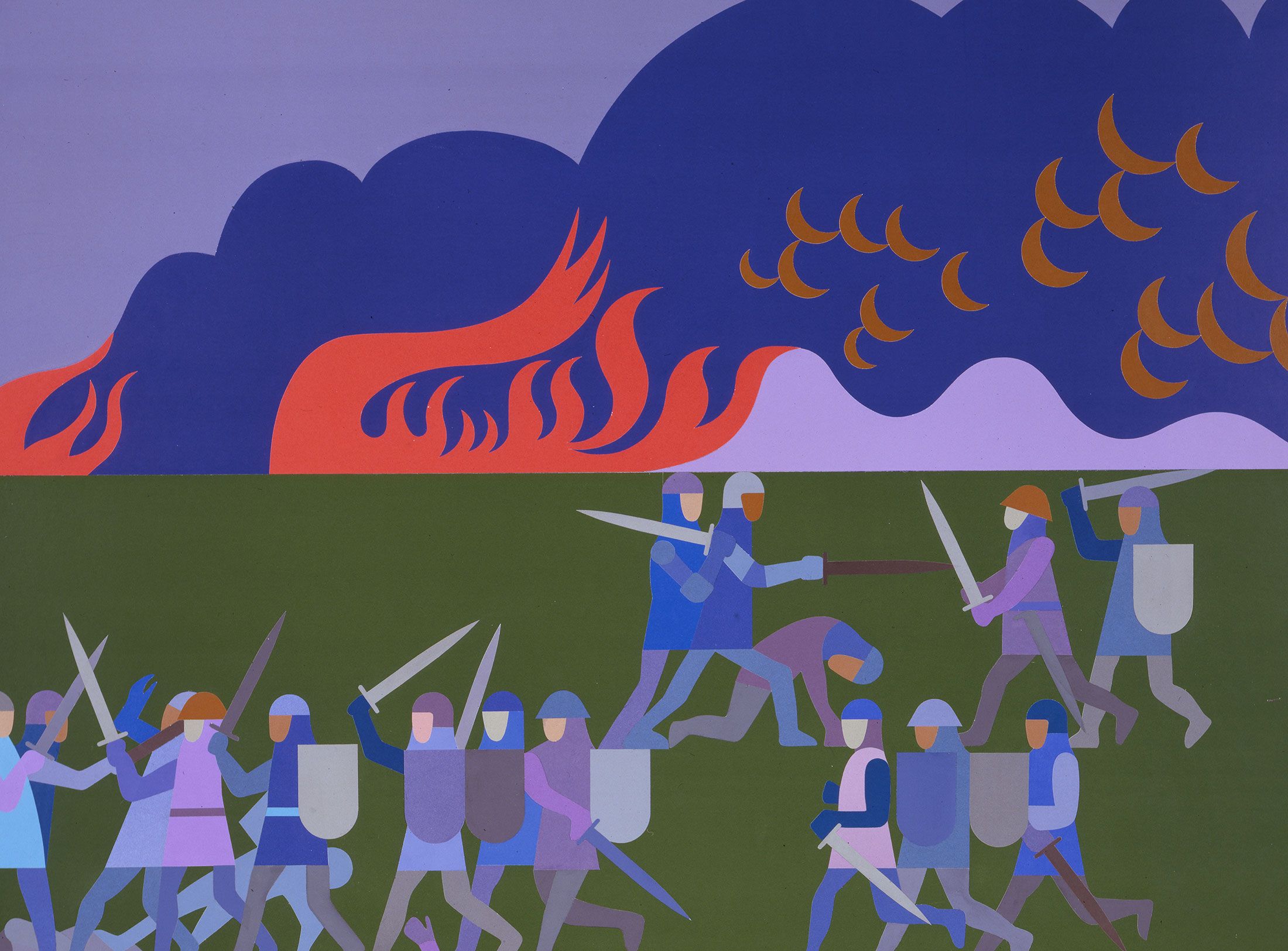
Thoughts on the colour palettes of Otl Aicher.
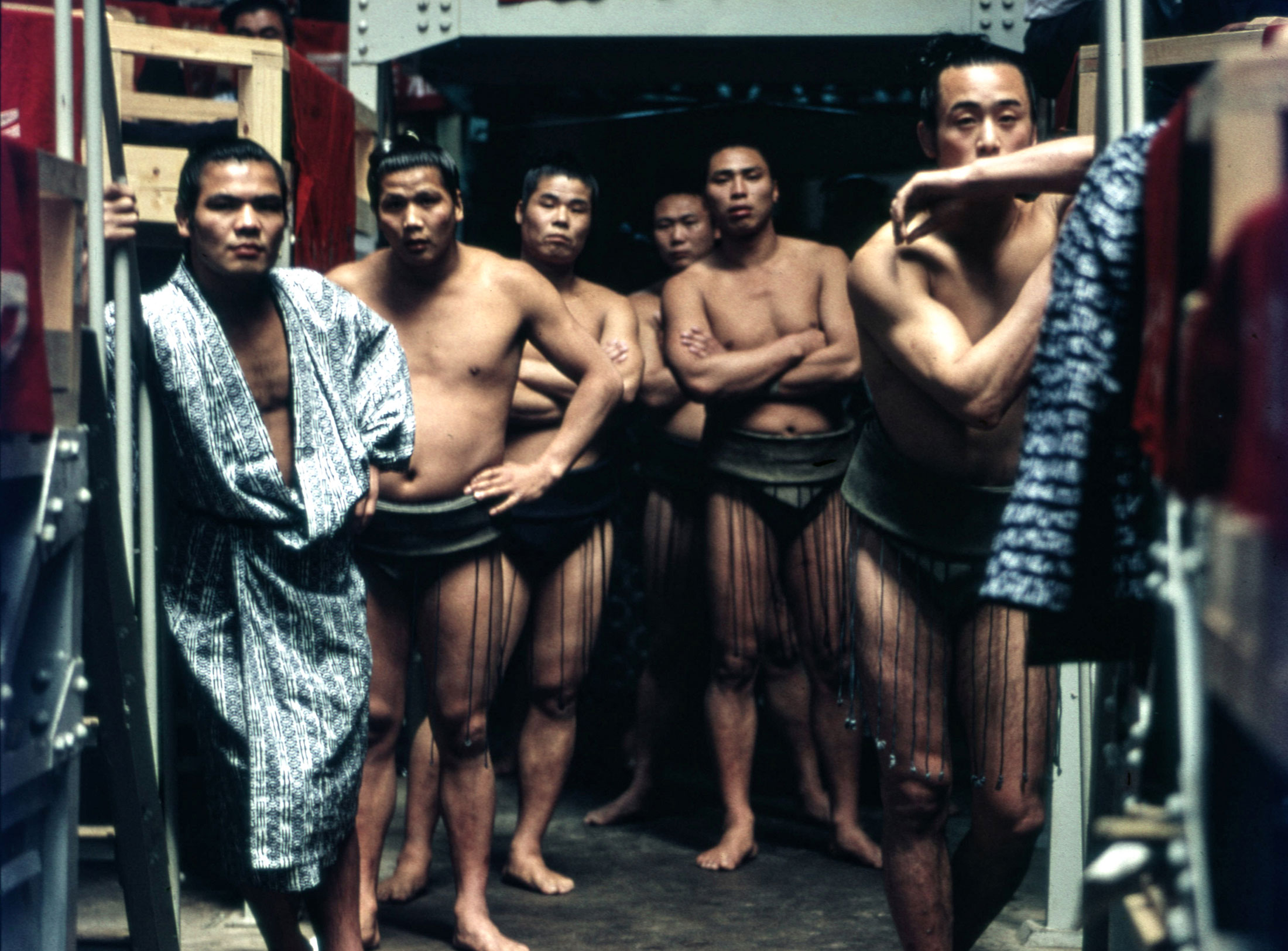
Absolute sharpness, reduction and strict rules determine the character of his pictures: Otl Aicher as photographer.

Under Otl Aicher’s direction, designers, architects and landscape planners shaped the face of the Olympic Games 1972.

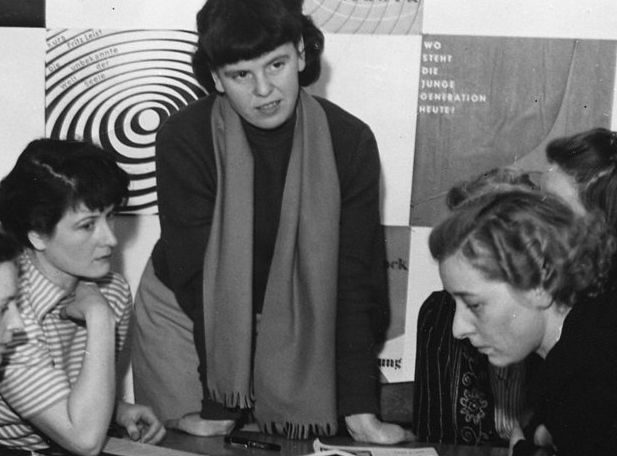
Inge Aicher-Scholl preserved the legacy of the White Rose.
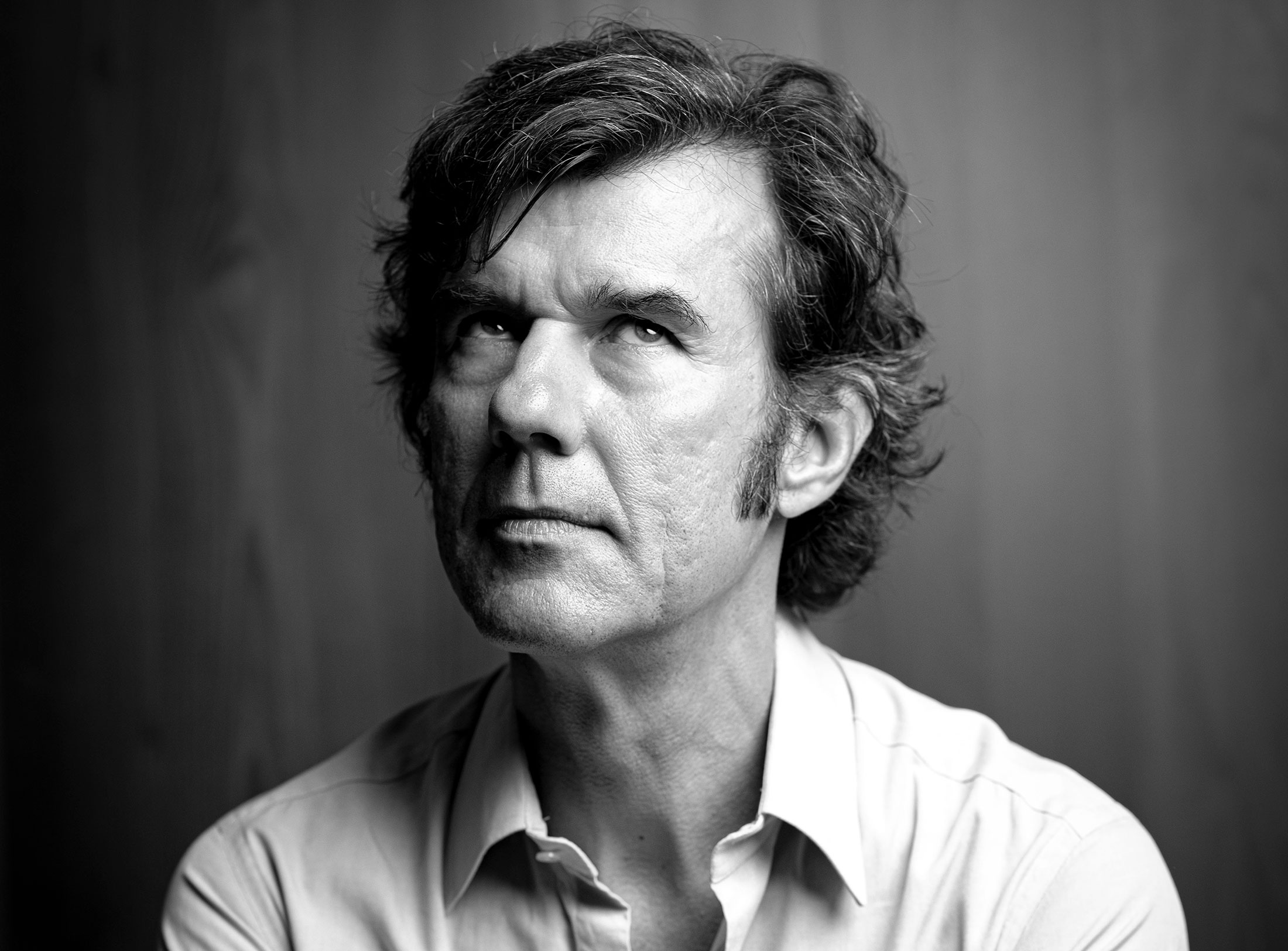
An interview with design icon Stefan Sagmeister about typefaces, beauty and the legacy of Otl Aicher.
The International Design Center Berlin (IDZ) invites you to a slide show and panel talk at Architektur Galerie Berlin on 20 October. Karsten de Riese and Prof. Michael Klar will report on a photo reportage commissioned by BMW that took them to Tunisia in 1975 together...
On the occasion of the 50th anniversary of the 1972 Olympic Games, the IDZ invites you to a discussion on the vision of the Munich Games and the status quo as well as the future of the Olympic movement on 26 August. The event at Berlin’s Akademie der Künste on Pariser...
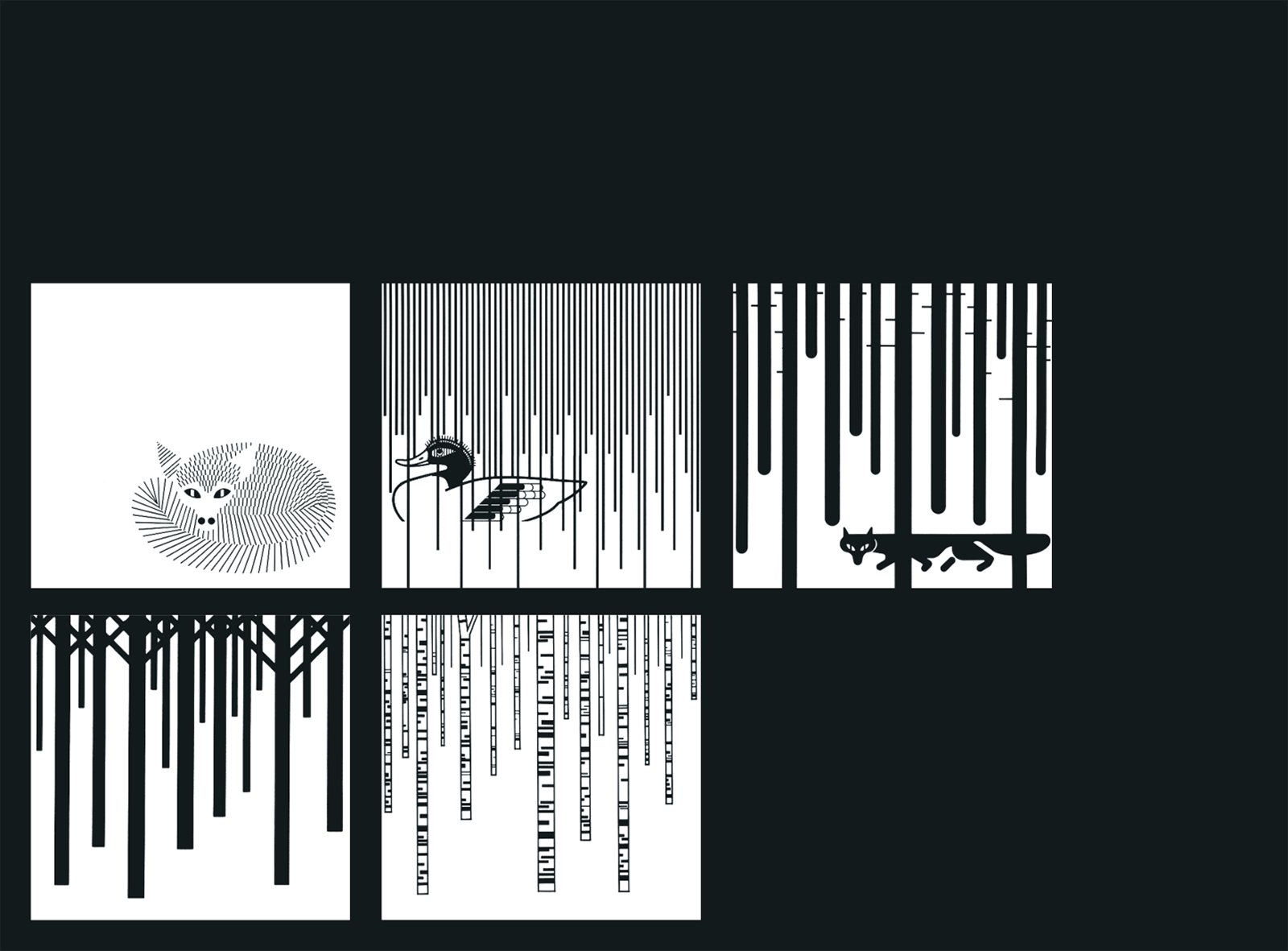
Isny im Allgäu owes Otl Aicher a corporate design that is concise, bold and singular.
With a retrospective of Otl Aicher’s book “kritik am auto – schwierige verteidigung des autos gegen seine anbeter” (Criticism of the Car – Difficult Defence of the Car against its Worshippers) published in 1984, the IDZ continues its series of events on the “otl...
Today marks the centenary of Otl Aicher’s birth. The International Design Center Berlin (IDZ) is taking this date as an opportunity to pay tribute to this great designer. With otlaicher100.de, a new online platform is being launched – a curated space that provides...
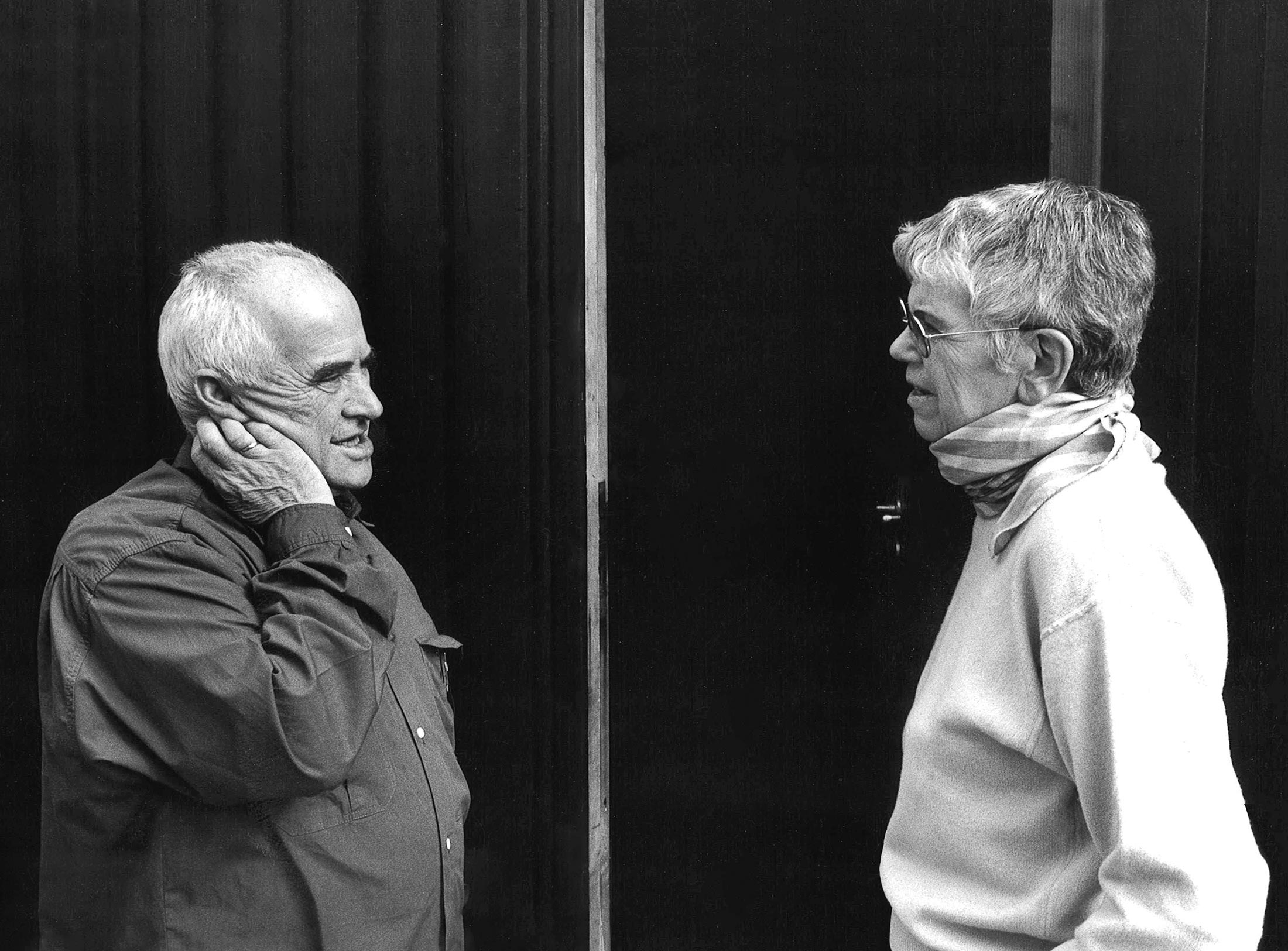
Reflections on Inge Aicher-Scholl and Otl Aicher.
The International Design Center Berlin (IDZ) is taking Otl Aicher’s centenary as an opportunity to pay tribute to this great designer and to make his work visible. An online platform and a series of events will address Otl Aicher’s multifaceted cosmos of topics and...
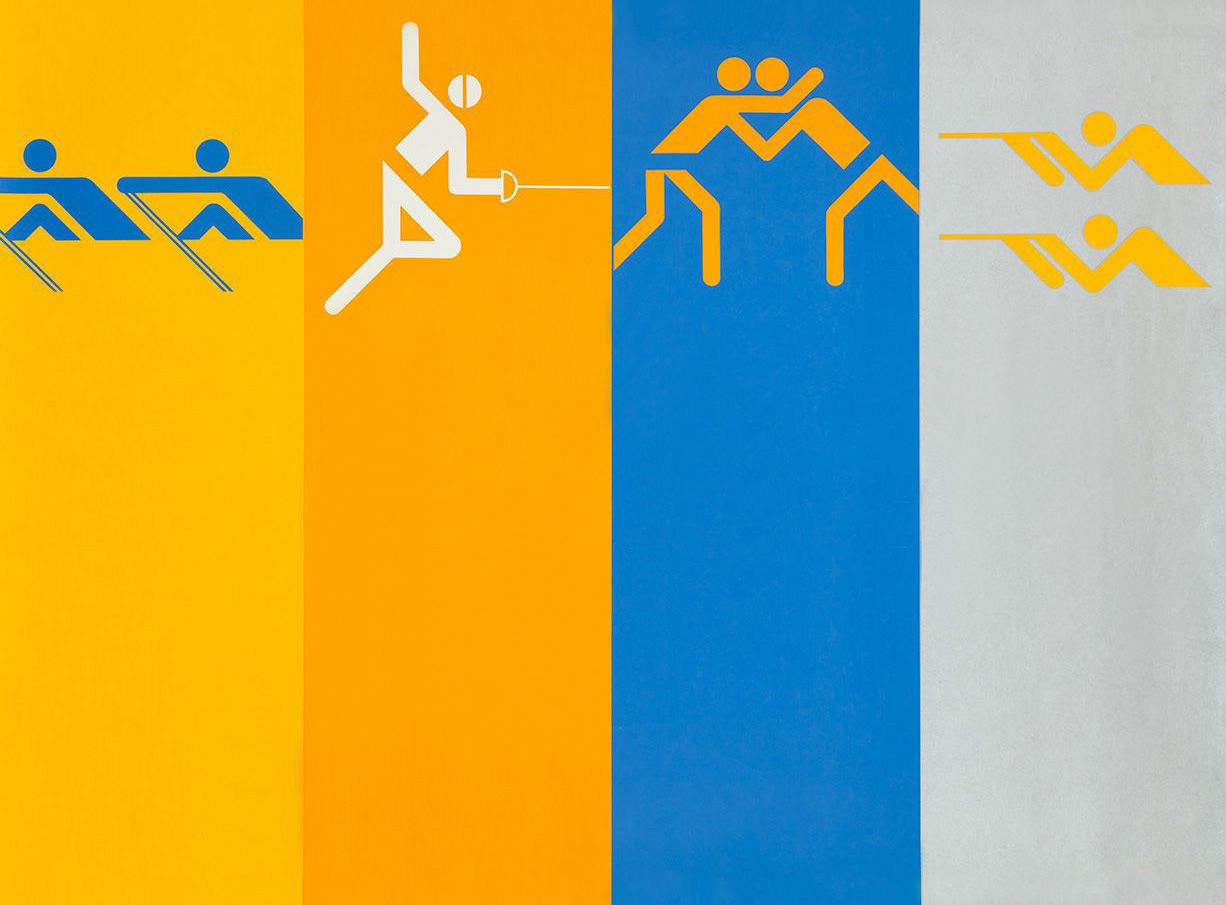
Eine Stadt leuchtet: Mit seinem farbenfrohen Erscheinungsbild der XX. Olympischen Sommerspiele 1972 setzte Otl Aicher ein Signal. Die junge Bundesrepublik war in der Moderne angekommen.

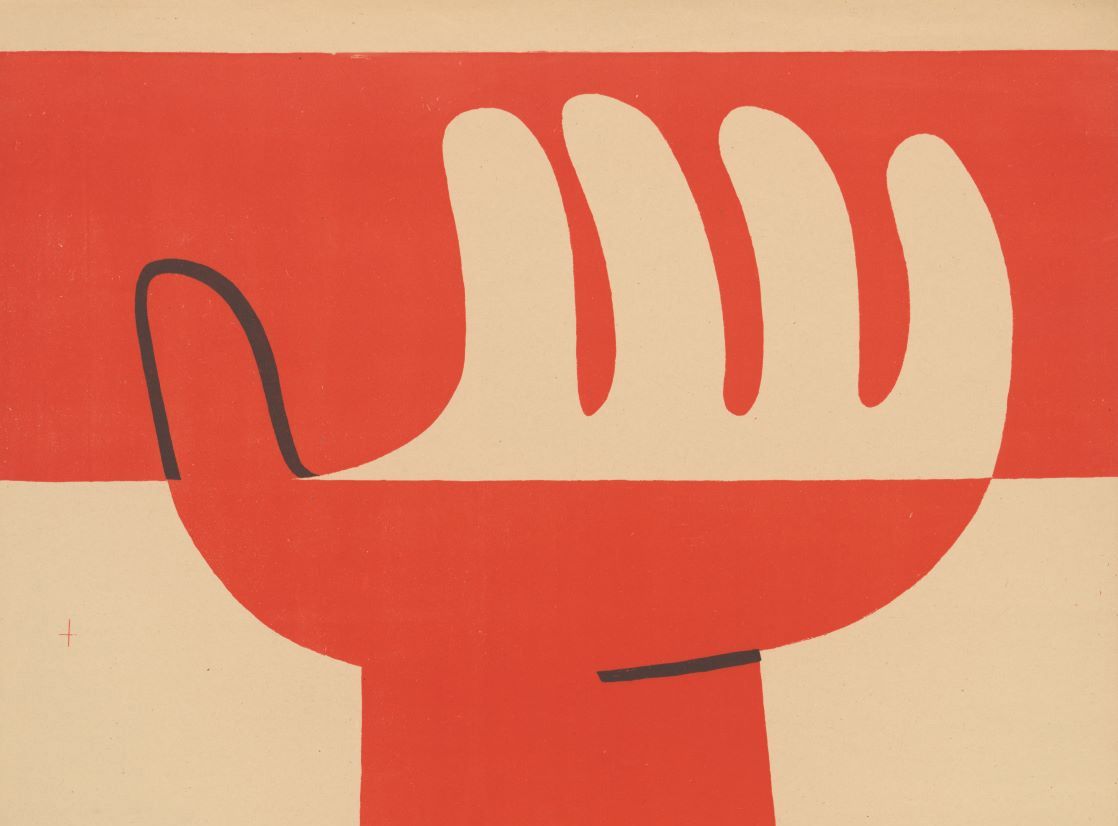
Otl Aicher’s Poster displays for the Ulmer Volkshochschule (Ulm Adult Education Centre).
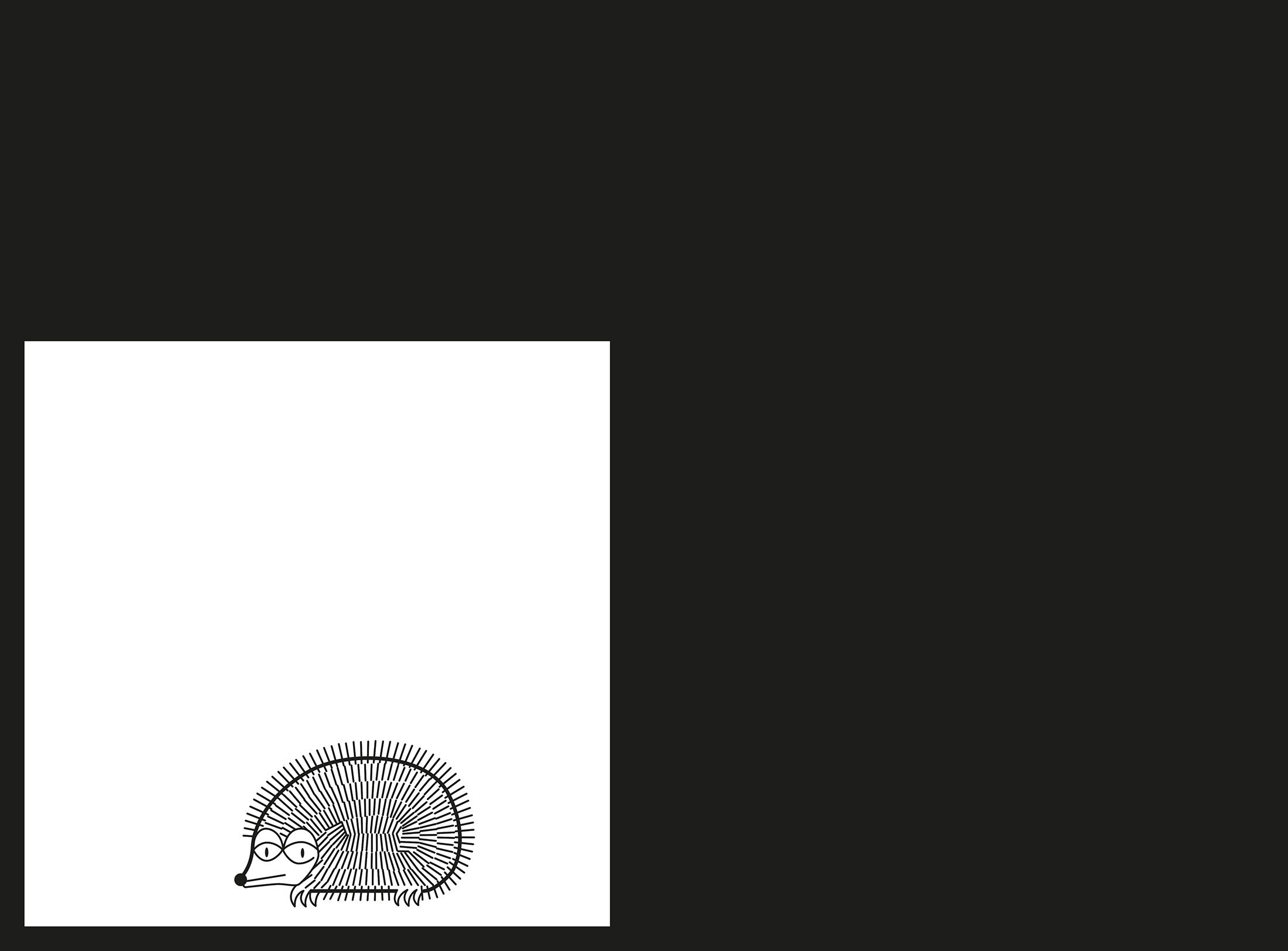
From O to R: Let’s talk about a hedgehog, standardisation and neurotis for a change (please click on the letters).
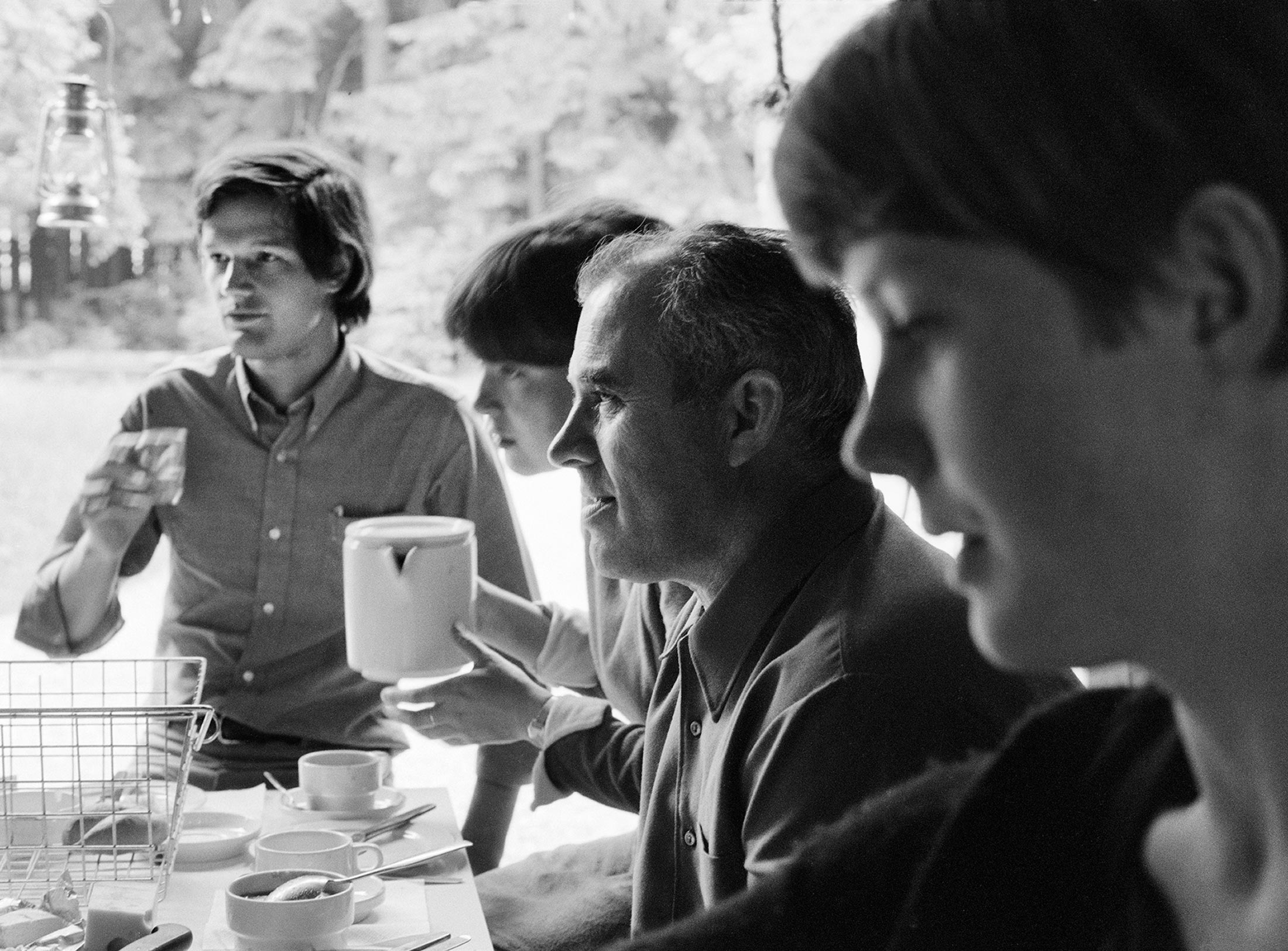
Otl Aicher’s Dept. XI team: the visual identity of the Munich ’72 Olympics was the work of graphic designers, illustrators and technical staff from all over the world.
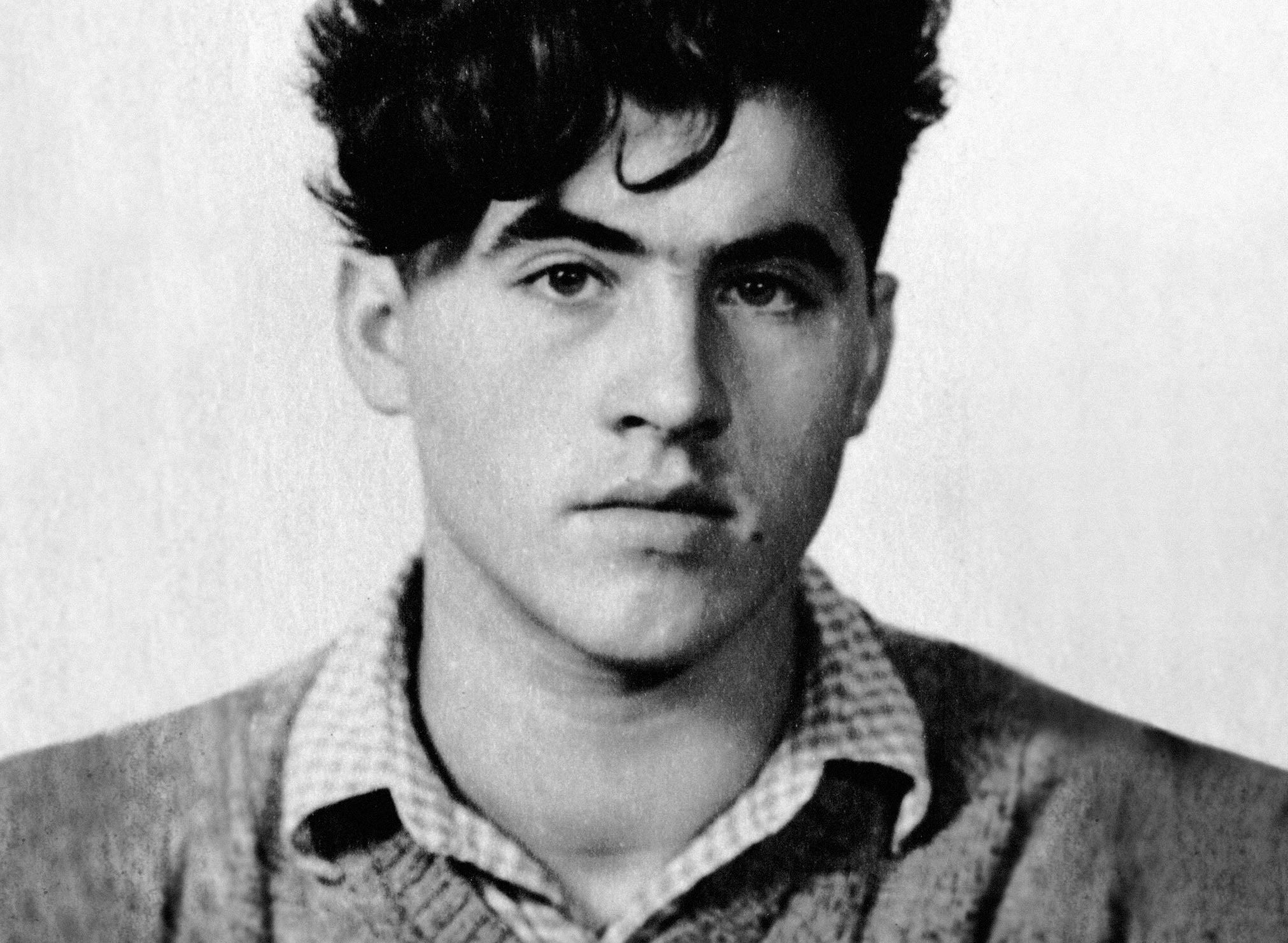
Aicher’s childhood and youth: the years 1922 to 1945.

Otl Aicher’s signage systems for airports, metro stations and hospitals are considered exemplary to this day.
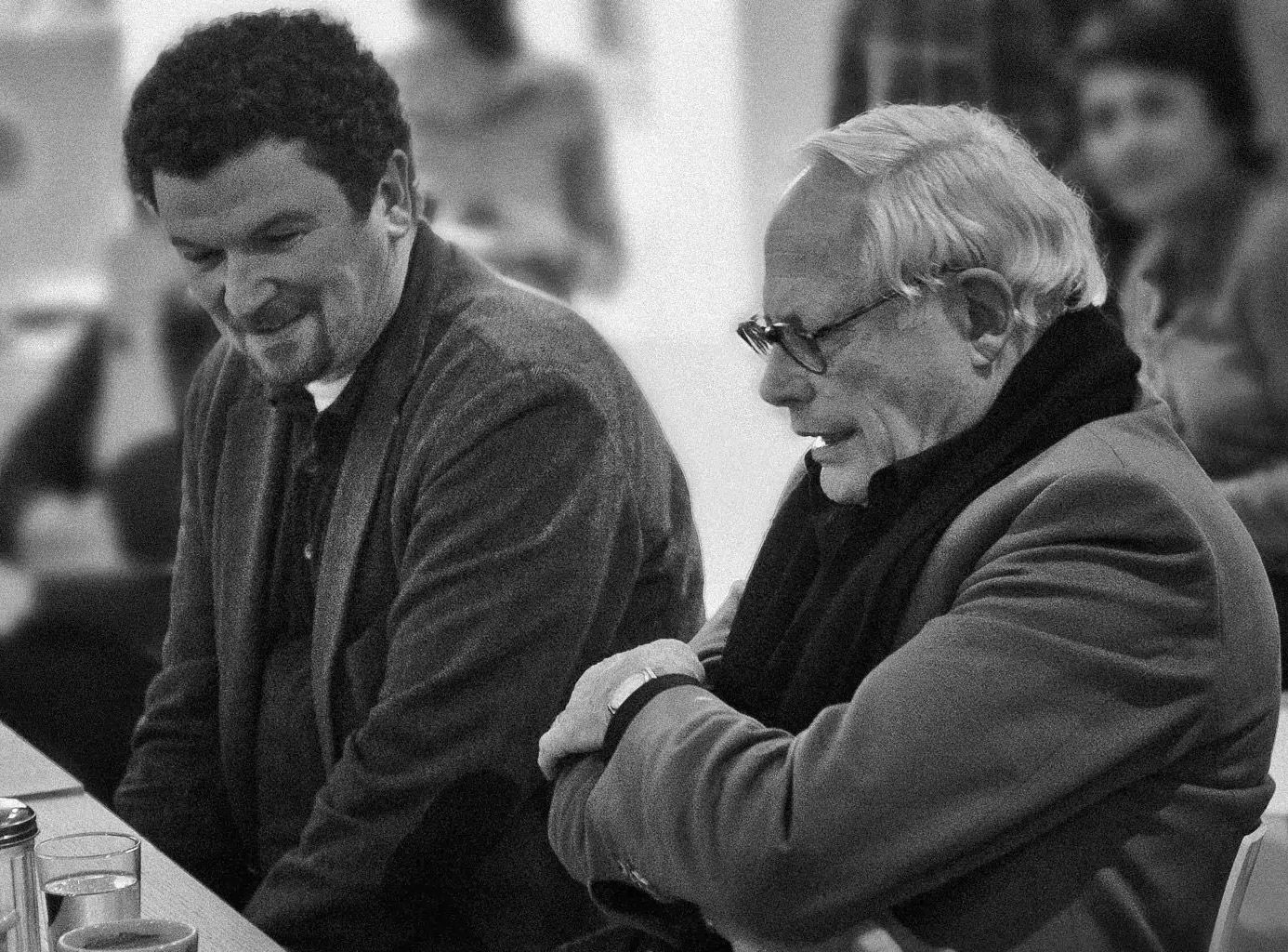
Der einstige Braun-Chef-Designer im Gespräch über den Co-Gründer der HfG.
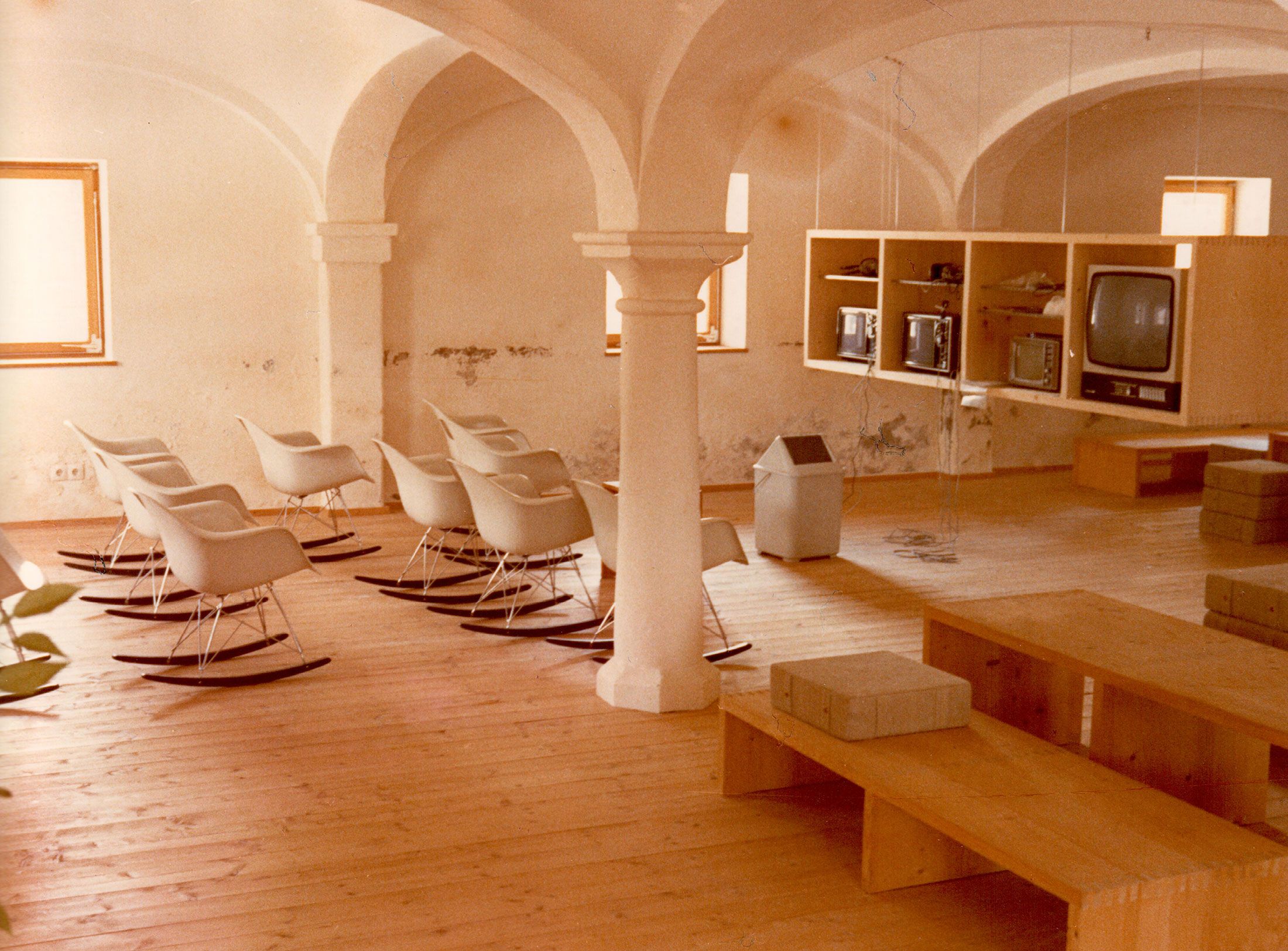
A Broadcast: What is his place in today’s world?
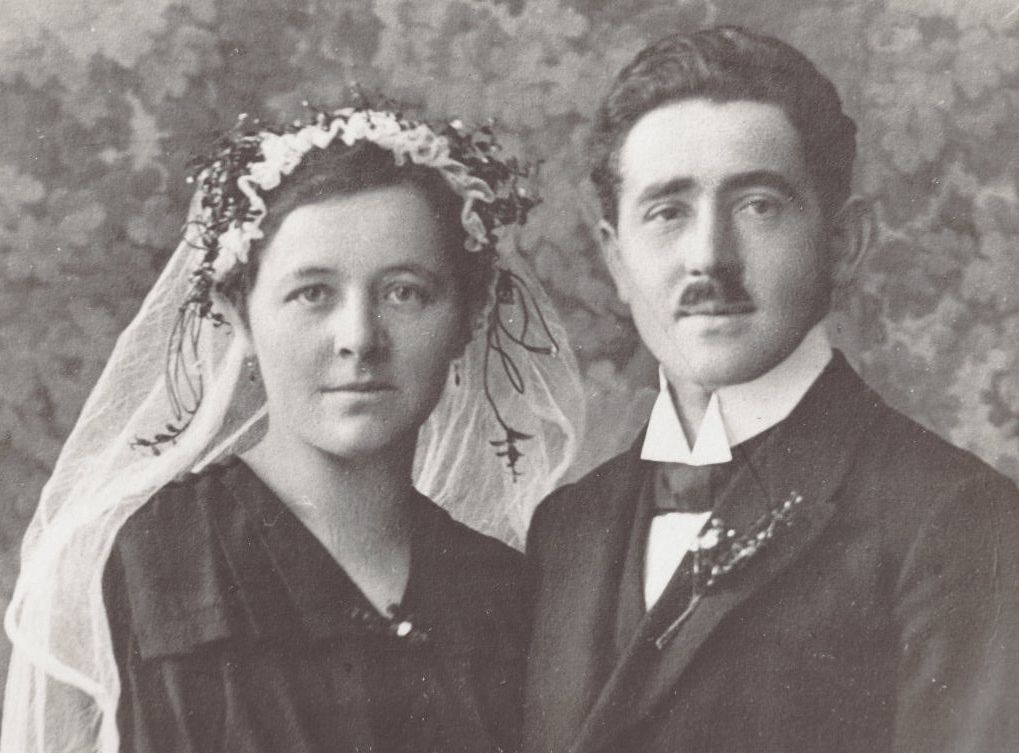
The Aichers: a brief family history.
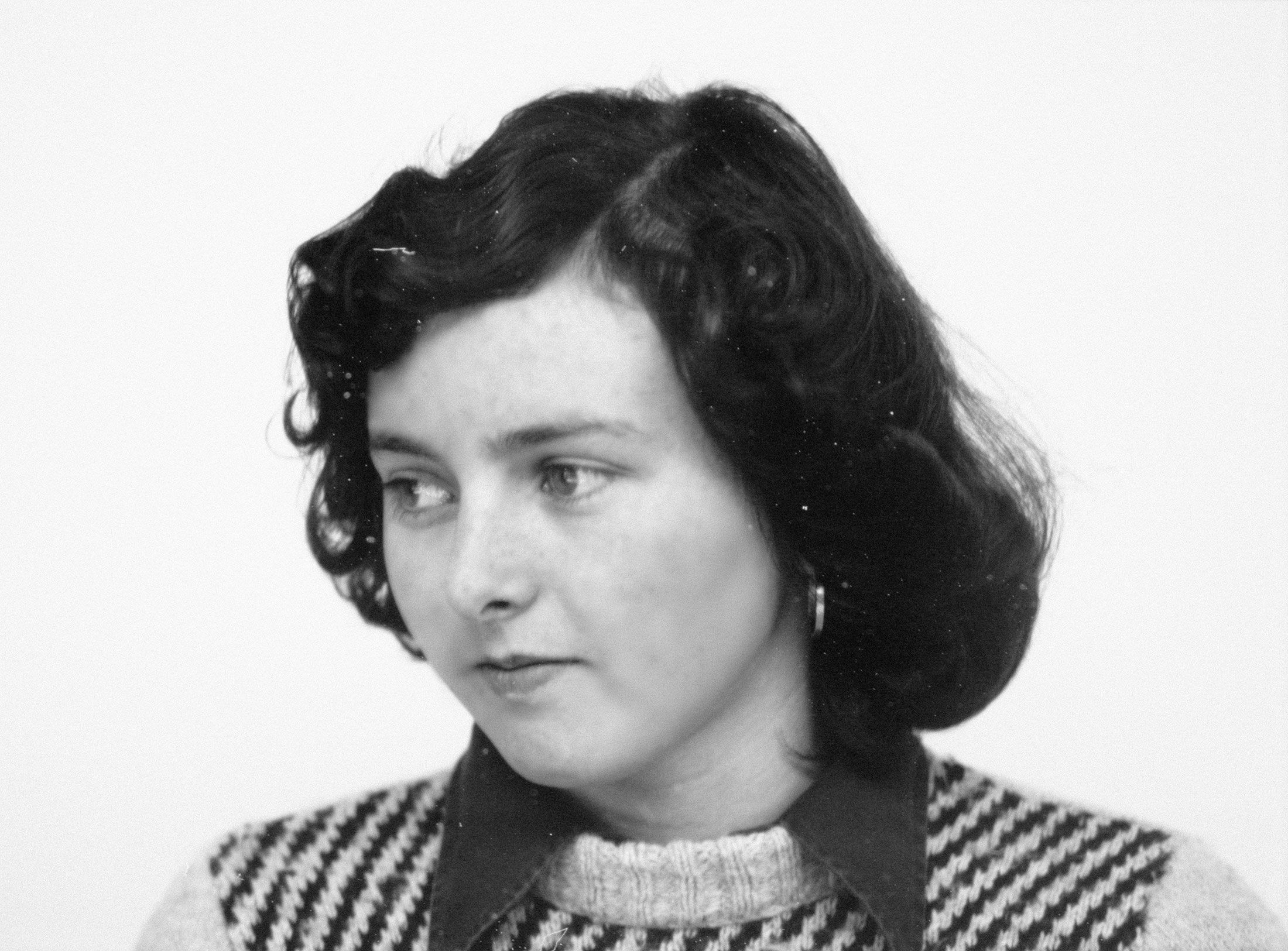
Drawing in Rotis: former Aicher co-worker Reinfriede Bettrich talks about hand sketches, the first computers and everyday life at the office.

How Otl Aicher’s papers and materials came to the HfG-Archiv/Museum Ulm.

Die Küche zum Kochen (The Kitchen for Cooking) – the genesis of a book that has lost none of its relevance.
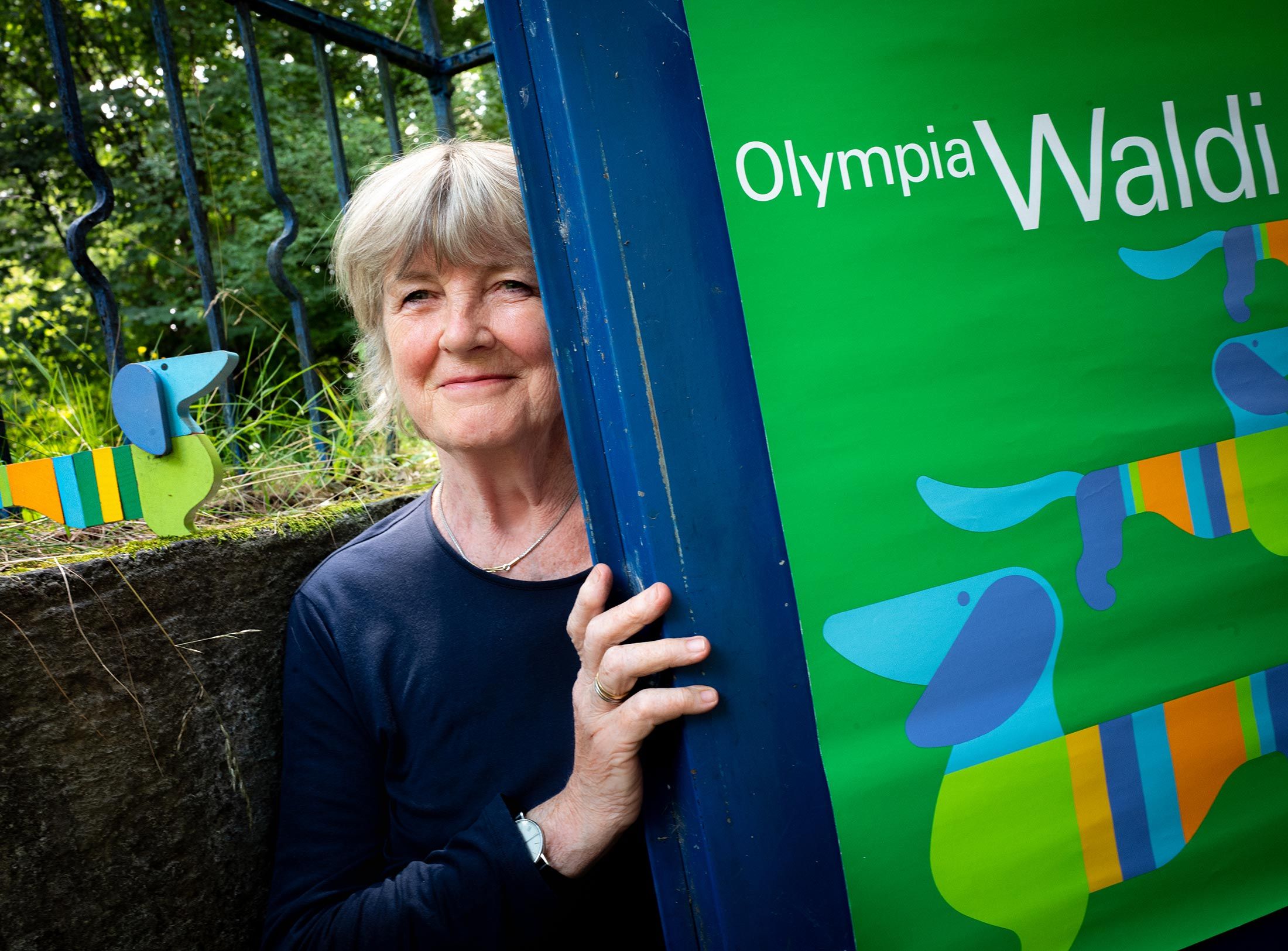
How a dachshund conquered the world: former Aicher staff member Elena Schwaiger on plush animals, fakes and the authentic mascot of the 1972 Olympic Games in Munich.
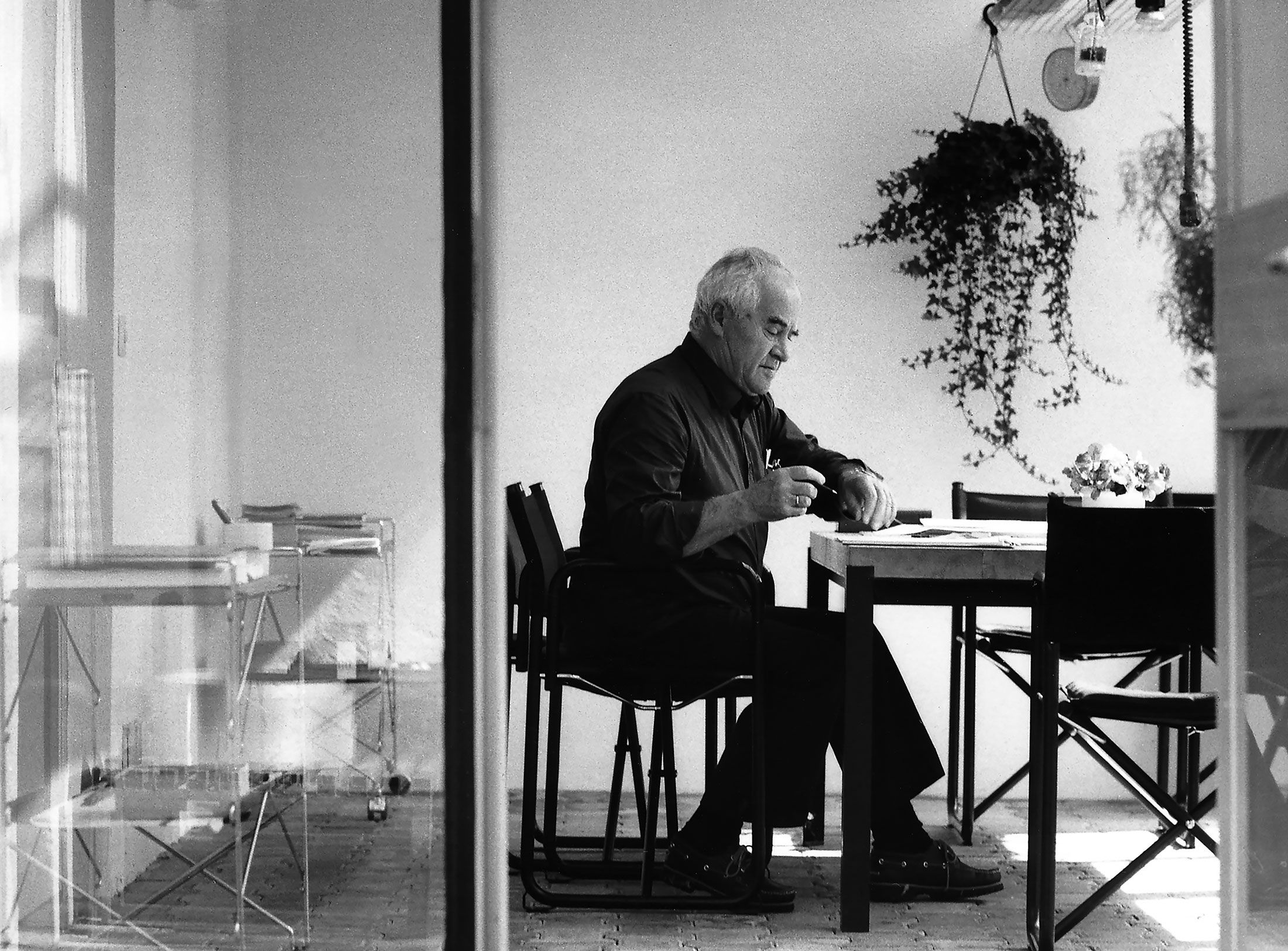
Le Violon d’Ingres or An Attempt to Defend the Writings of Otl Aicher.

Otl Aicher as the architect of Rotis.

Otl Aicher and his critique of the automobile.
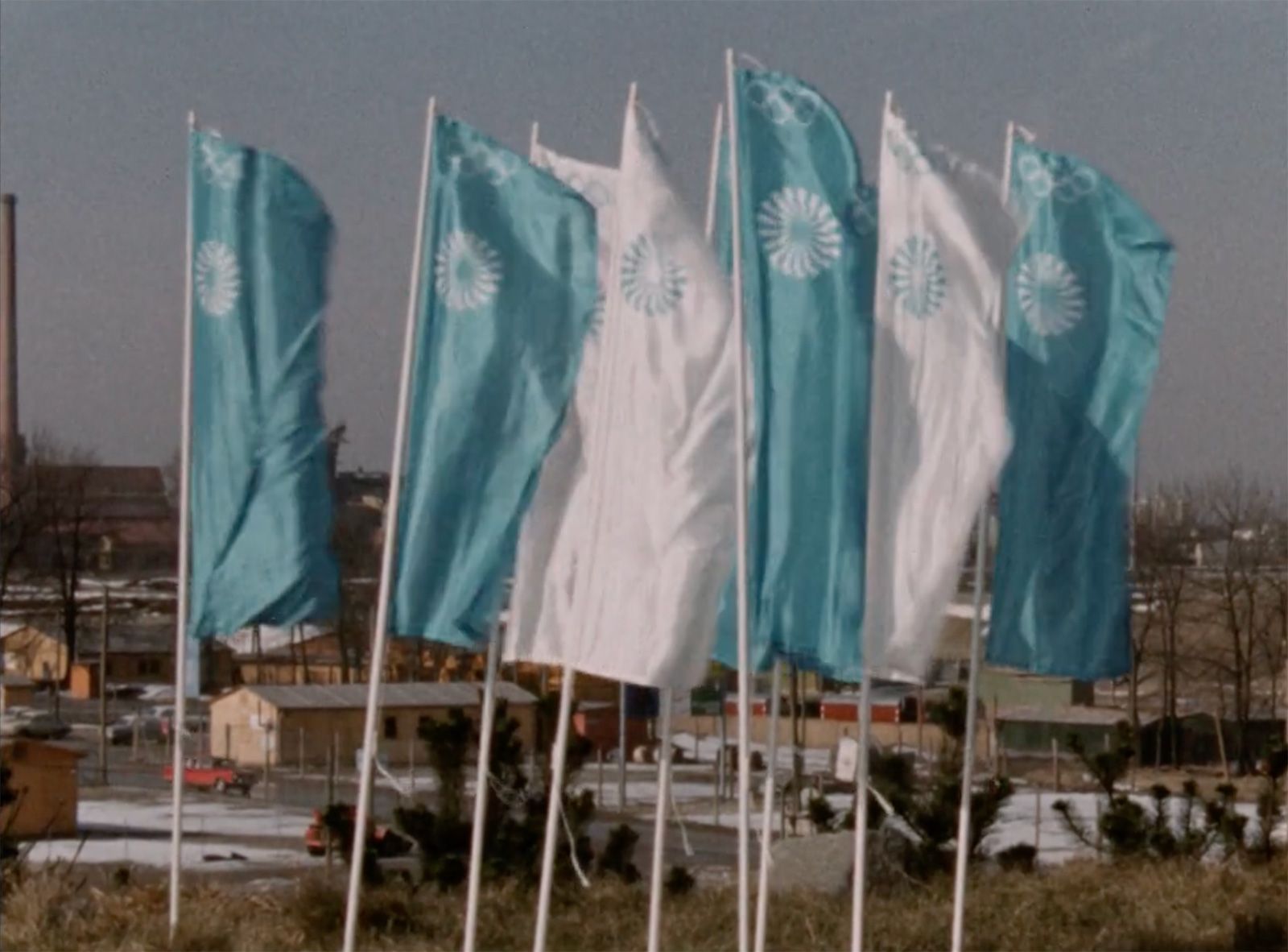
First broadcast: 15.02.1971 on Bayerischer Rundfunk, Munich (Only available in German).
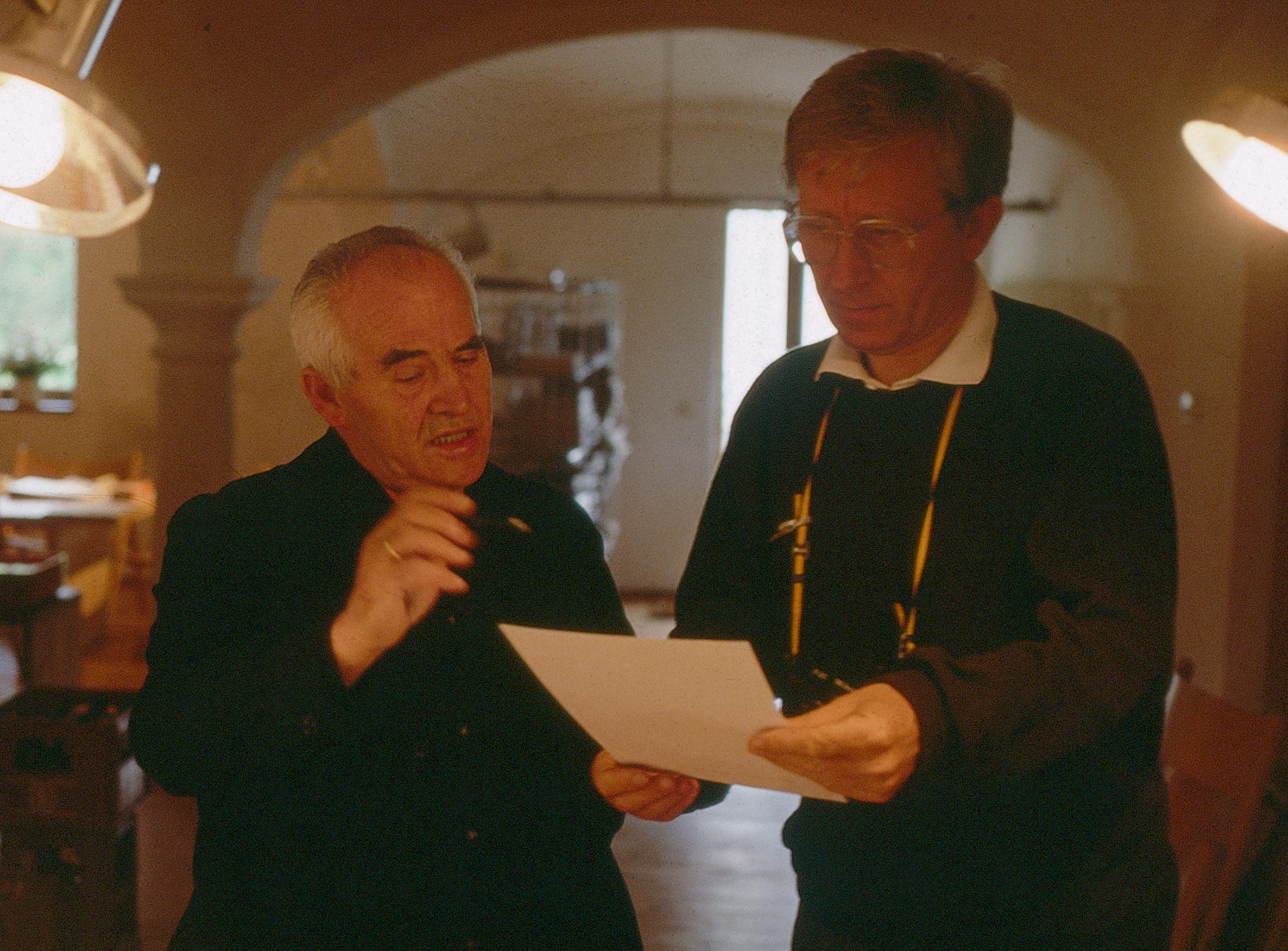
Interviewed: Jürgen Werner Braun on his collaboration with Otl Aicher.
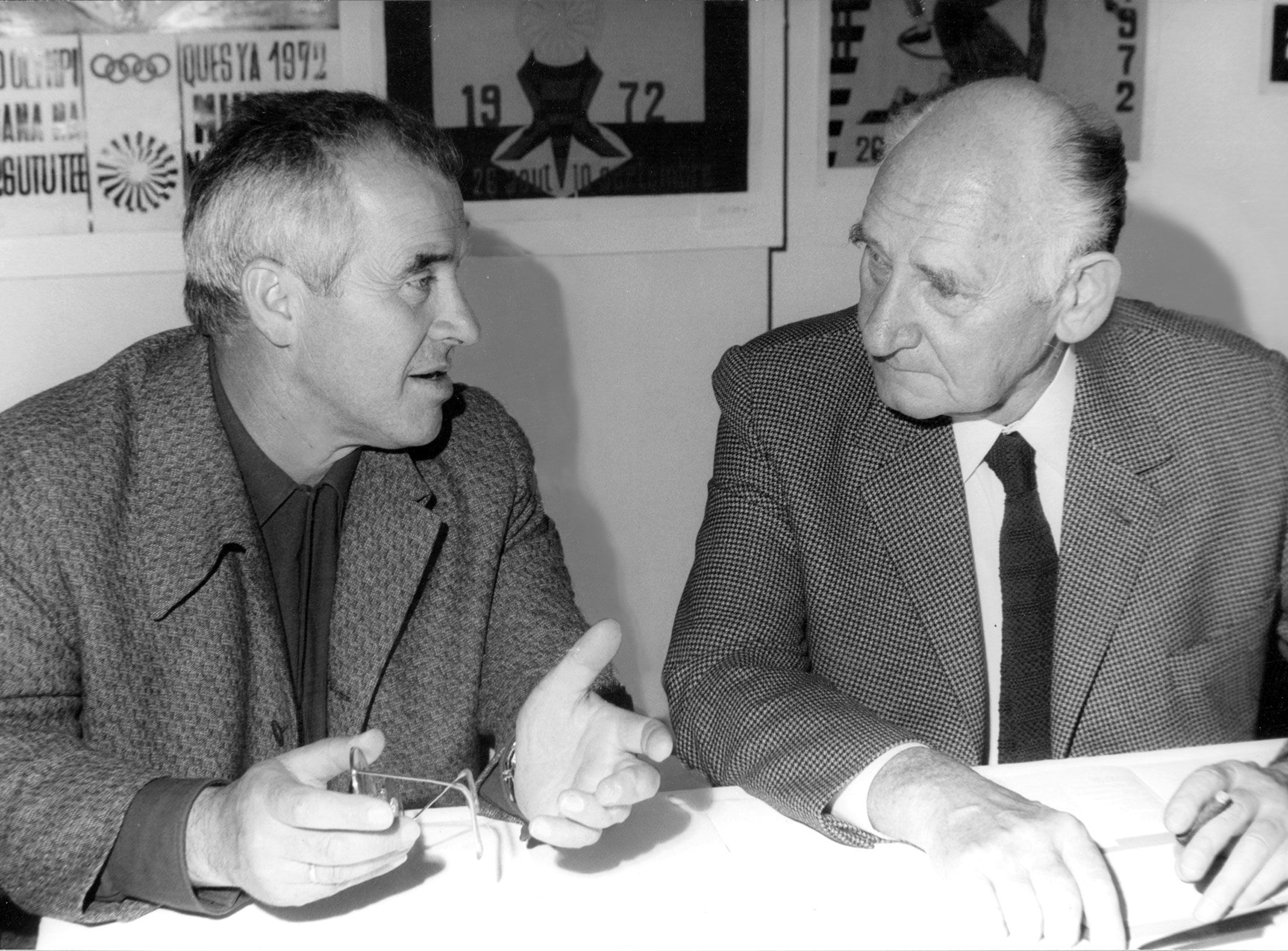
They created the signature of an epoch: designers Otl Aicher, Willy Fleckhaus, Anton Stankowski and Kurt Weidemann.

Even while still at school, Otl Aicher was involved with associations within the youth movement that were fiercely opposed to National Socialism. His early experiences had a lasting impact on him: his observations of nature during excursions, his rejection of the all-powerful state, the will to resist, his insistence on the lower case and his distance to all forms of effusive emotionality – Aicher found his themes early on.
The Federal Republic of Germany owes its modern visual identity in large part to the design of Otl Aicher. He reflected on his purist use of form not just in aesthetic categories but in political ones as well. At the same time, his youth in the Third Reich and his connection with the Scholl siblings also played a key role. Together with his wife Inge Aicher-Scholl, he shaped the image of the White Rose resistance group.
Loner
Otto (Otl) Aicher was born in the Söflingen district of Ulm on 13 May 1922 and was the second child of Anna Maria and Anton Richard Aicher (both *1895).1 His sister Hedwig was a year older, his brother Georg a year younger. After secondary school, their father had continued his education at evening classes. He obtained his master craftsman’s diploma as a heating fitter in 1923 and started his own business in 1932. After work he busied himself with monetary and cooperative theories, was active in the Kolping Association and, being politically-minded, rejected Hitler. The picture his son Otl painted in 1985, however, is of a narrow-minded family: “I didn’t have a father or grandfather with the kind of bookcase where I could have found works by the likes of Liebknecht, Kautsky, Bernstein, Rathenau or Stresemann.”2
Under the influence of the anti-Nazi Catholic clergymen Pastor Karl Weiss (1892-1985), Father Adolf Eisele (1905-1978) and Chaplain Bruno Wüstenberg (1912-1984), the tradesman’s son developed into an intellectual. After an in-depth study of Nietzsche, he turned to Thomas Aquinas and Augustine of Hippo. He was in touch with former members of the banned Catholic youth organisation Quickborn and looked to Christian philosophy as a bulwark against National Socialism.
When the 15-year-old was visiting an older friend in Berlin, the two of them were arrested – supposedly because their “clothes and hairstyles looked freer than most” and the Gestapo suspected them of homosexuality. He was, he reports, taken for questioning and back to his cell every day. That was when he “saw the state from the inside, from its innermost inner core”.3 They were released. According to Aicher, he didn’t spare his parents anything “that can turn a cultural and generational conflict into sheer hell”.4
Otl Aicher, Inge Scholl and Hans-Werner Richter on the market square in Ulm (1949). Photo: Annelise and Hannes Rosenberg. © HfG-Archiv / Museum Ulm, HfG-Ar Ros Abz 750-11 (1)
One of his classmates was Werner Scholl, the youngest son of Magdalene and Robert Scholl. It was through him that, from autumn 1939, he got to know the other Scholl siblings: Inge – his future wife – Hans, Elisabeth and Sophie. “He spent a lot of time at the Scholls’,” according to his sister; for him, “Everything there was good and right and lovely.” In spring 1941, he was barred from sitting the exam that would have qualified him for university because he refused to become a member of the Hitler Youth. He reportedly said at the time that he would rather be put to breaking stones than join.
It was at the Scholls’ that Aicher met Ernst Reden, a young writer from Cologne who had been a friend of the family since being stationed in Ulm in 1935.5 Reden and Hans Scholl were closely involved with a youth group called the Deutsche Autonome Jungenschaft vom 1. November 1929 (abbreviated as dj.1.11). Reden didn’t just subscribe to Scholl’s elitist, individualistic way of life, he influenced Otl Aicher as well. In his letters to Aicher, who was eight years his junior, he emphatically advocates the dj.1.11 ideal of cosmopolitan truthfulness and intellectual self-achievement.6
Later, when Aicher – not without pathos – styles himself an existentialist loner, the echo of the dj.1.11 reverberates clearly: experiencing nature close up during camping expeditions, enthusiasm for modernism, technology and aesthetics, closeness to the Bauhaus, Russophilia and lowercasing all had a lasting impact. The youth movement lifestyle was in keeping with Aicher’s inclinations – not least because it involved spending time in the open countryside, for instance on daring skiing trips to the mountains. These encounters resulted in a close circle of friends that gave him strength in the face of the totalitarian state.
In 1940, he dropped a radiator on his left hand in an attempt to avoid mobilisation – three fingers remained stiff. Despite this handicap, he was drafted into the Wehrmacht in September 1941 anyway. To begin with he was stationed in France, then on the eastern front. Over the next few years he seized every opportunity he could to escape the war, including self-inflicted illnesses and hospital stays. When he was stationed on the Upper Moselle in the spring of 1945, he deserted in March and hid in the Black Forest, where the Scholl family had found refuge on the remote Bruderhof farm in the Wutach Gorge after being released from prison (they had been arrested under the Nazis’ Sippenhaft directive, which punished the families of those they considered guilty of crimes against the state). His motto: “Better to be sick at home than a healthy corpse.”7
Forty-two years later, he pondered what a monument to the soldiers of the second world war might look like: “So if there were a heroes’ monument, it would be a memorial to the deserter.”8 In May 1945 he returned to Ulm, which was occupied by the Americans. The private who had deserted was now a free private citizen. In that respect he was very different to most Germans, who, having been beaten, were slow to realise that it was only in their defeat that they could find freedom.
Missionary
It was probably his Söflingen mentors Pastor Weiss, Father Eisele and Chaplain Wüstenberg who had called the young Aicher’s attention to Carl Muth (1867-1944) and Theodor Haecker (1879-1945). In innenseiten des kriegs (Inside the War), published in 1985, he recalls: “I go to Munich, alone, and debate with Theodor Haecker and Carl Muth.”9 The scholars belonged to the Renouveau Catholique, a conservative movement within Catholicism that wanted to overcome rationalism and return to the religious traditions of the church. The 19-year-old had sent Haecker and Muth his essay on Michelangelo’s sonnets and hoped it would be published in Hochland, a monthly cultural magazine edited by Muth.10 That didn’t happen, but the two men became intellectual father figures for Aicher and had a formative influence on him – largely through literature and letters.
Under their influence and that of religious philosopher Romano Guardini, Aicher developed into a fundamental Catholic with a pronounced sense of mission, “for the sake of the spirit”. The main objects of his missionising were the Scholls and Ernst Reden. He sought Carl Muth’s help with his attempts to convert them, writing to him that there was nothing he was more passionate about than convincing them to become Catholic.11 In many conversations, long letters and joint readings, he attempted to influence the religious thinking of his friends – especially Inge, Sophie and Ernst Reden. He wanted them to realise that humanity can only find joy and salvation in the God of the Catholic church and wanted to add “the finishing touches” with texts by church father Augustine. Ultimately, he believed, they would become “friends who hate each other, because they love each other with a love that has God at its crux”.12
His endeavours were successful to some extent: the three intensified their religious thinking and the way they lived their faith considerably. Nevertheless, Aicher did not become the central “man of ideas” for the White Rose resistance group, even though he sought to create that impression after the war. His influence on Hans Scholl, who was the head of the freedom fighters and was studying in Munich from April 1939 on, and on Alexander Schmorell, his comrade, was too peripheral for that. Inge and Ernst Reden knew nothing about the group’s activities, and Sophie was not the central figure. Only in Inge’s case did he succeed in his actual goal of conversion. On 22 February 1945, the second anniversary of the death of her siblings Sophie and Hans, she converted to Catholicism by being rebaptised. The Scholls and Ernst Reden remained Protestants. Aicher the missionary was convinced of the power of his intellect, which is why his friend Chaplain Wüstenberg reproached him for seeing the others as “your creatures, who don’t think for themselves at all but always the way you want them to”.13
Philosopher
The 17-year-old Otl Aicher made an impression on the 25-year-old Ernst Reden: “I’m really deeply dismayed that such thoughts should be thought in the mind of a young person,” he confessed to Inge Scholl.14 Aicher published some of his deliberations in Windlicht, a circular in which the Scholls and their friends shared their reflections on literary, religious and philosophical themes. Several hectographed booklets were produced and circulated to about 10 people. But he didn’t only write when there was an opportunity for publication. His thoughts on Francis of Assisi, politics, culture, cosmology, poverty, Hellenism, pneumology, power, geology, Christianity, bodily beauty and philosophy are preserved in the form of essays.15
The 25-page reflection on the sonnets of Michelangelo Buonarotti (1475-1564) is his longest work.16 In it, Aicher interprets several verses of the no fewer than 302 sonnets that Michelangelo composed. He sees them as confirmation of his theory that humans can only find perfection in God. That, he believes, is the sole purpose of everything that exists: “Indeed the world, and our body too, is only there as a footstool for our spirit.” Human beings, he continues, are not “designed for fighting great battles, composing great symphonies and creating sculptures that all the world admires – ridiculous rubbish, all of it! If it is not radiant with the glow of God’s love, it is nothing but ridiculous rubbish!” He sees the sonnets as a poetic reflection of the path that leads from lust to love, from the transitory to the eternal, from the human being to God. Michelangelo, he says, achieved the “total renunciation of desire”. When he was philosophising Aicher was an ascetic: opposed to the carnal, he subordinated everything to “God’s love”. That fascinated Sophie Scholl, for she asked her friend Fritz Hartnagel: “Don’t you believe that the spirit can prevail over sex?”17
Otl Aicher was an ambivalent, contradictory character. He had a strange relationship to emotions: full of feeling himself, he was against people ruled by their feelings;18 he wanted to accept divine love alone as valid, and yet he manipulated people and memories; he believed fervently, yet saw himself only as a thinker.
Would the almost 20-year-old still have eulogised Michelangelo so ardently if he had realised that many of the sonnets are homoerotic poetry?19 Aicher – unlike Hans Scholl and Ernst Reden – probably only experienced homoeroticism latently in his association with Bruno Wüstenberg.20
Creator
Around six months after the execution of the Scholl siblings, Aicher told a friend, “it was settled” that he would become a sculptor.21 Creative talent was something he shared with Sophie Scholl, to whom he felt attracted. In innenseiten des kriegs, the literary self-portrait he wrote 40 years after the events it describes, he framed an image of Sophie and himself: “Aristotle and Thomas Aquinas meant a great deal to us, as did Augustine. Our study of them sharpened our thinking and led to an autonomy that enabled us to stand against an entire world when we felt in harmony with ourselves, in harmony with our trained mind and its perspectives.”22
Sophie, however, mentioned more than once how hard she found it to read the Confessions of Augustine or interpretations of them, and Aristotle and Thomas Aquinas are far more challenging. Yet in his memoirs, Aicher styled her as a political, philosophical thinker and himself as a spiritual and moral mentor. This role contrasts strangely with the real events, because at no time was he involved with the activities of the Munch group. It is true that he was tragically “entwined” with the death of the siblings, because he did not pass on a warning to them in time on the day before their arrest.23
This entwinement haunted him for the rest of his life. Shortly before he died as the result of an accident in 1991, Otl Aicher withdrew to his studio in Rotis and created busts of Hans and Sophie. They were preceded by another portrait: his own.24
Robert M. Zoske is a protestant theologian and a historian of the White Rose resistance group. He wrote his doctorate on Hans Scholl in 2014; his biography of him was published by C.H.Beck in 2018 (Flamme sein!) and his portrait of Sophie Scholl (Es reut mich nichts) by Propyläen in 2020. He is currently working on a compact account of the Munich freedom fighters for Beck’s Wissen series.
Translation: Alison Du Bovis

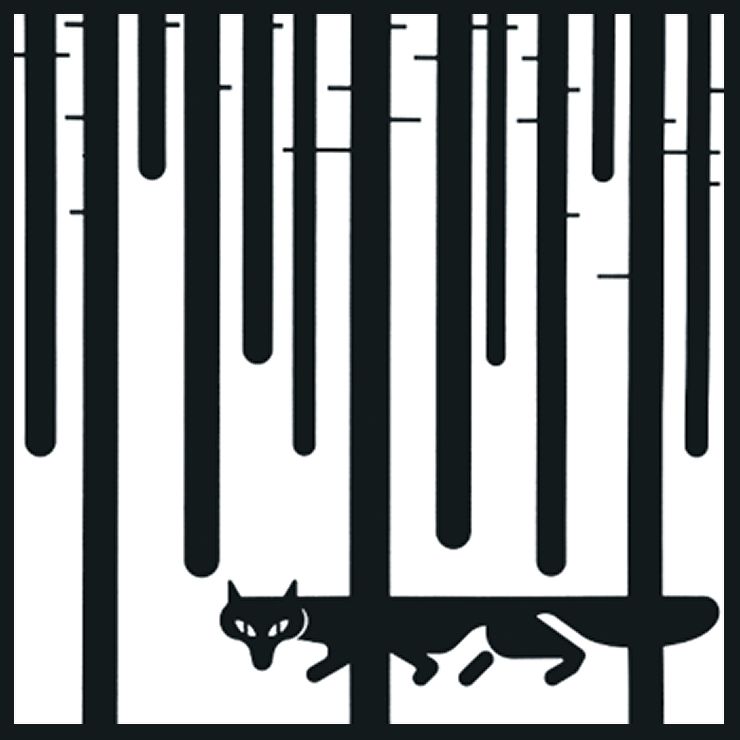
Isny im Allgäu owes Otl Aicher a corporate design that is concise, bold and singular.


Otl Aicher and his critique of the automobile.

